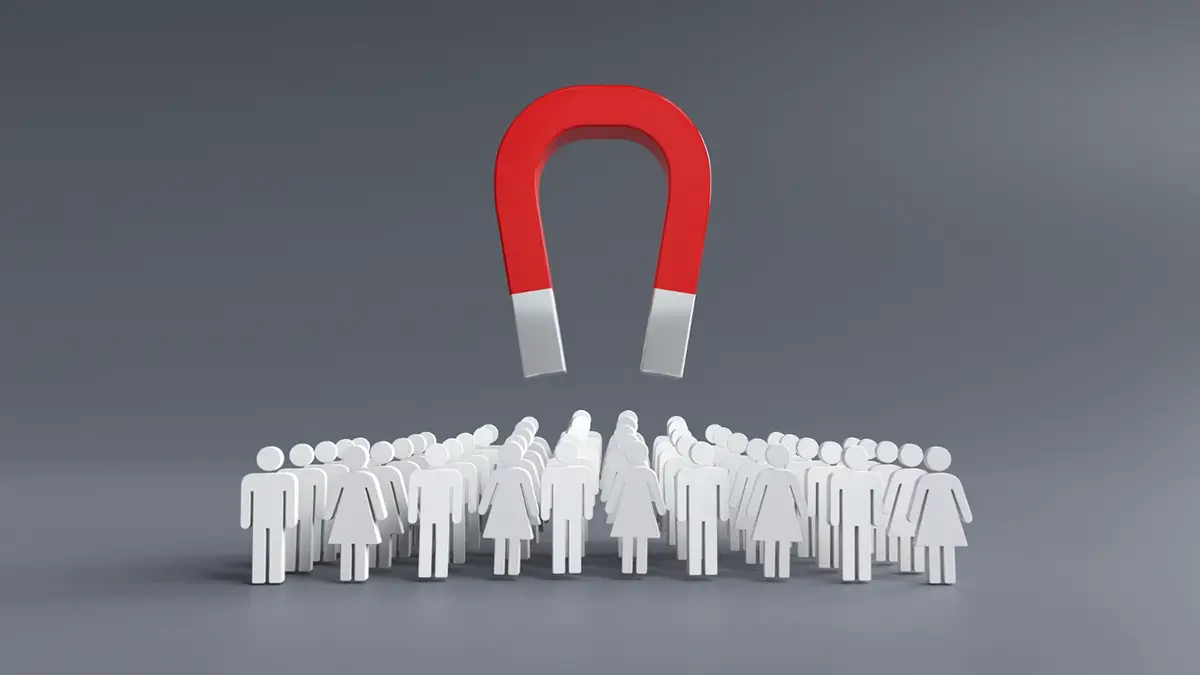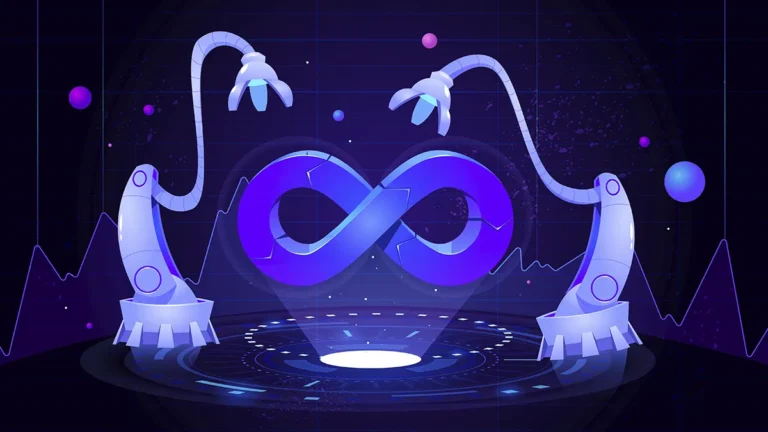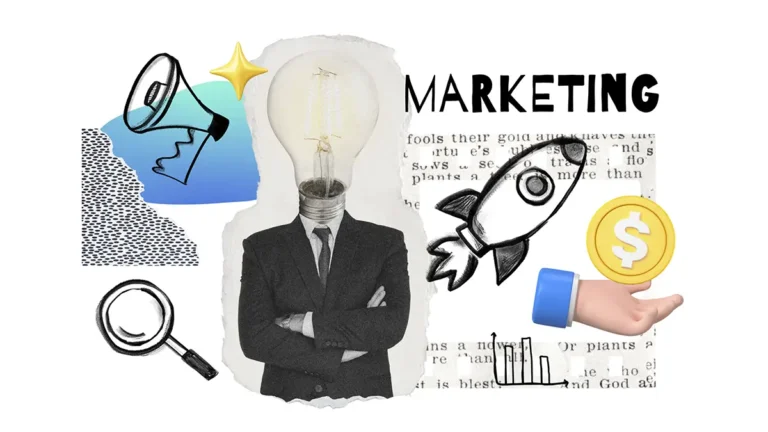Ultimate Customer Retention Strategies to Keep Clients Coming Back
In the crowded US marketplace, mastering customer retention strategies to keep Clients coming back hinges on forging genuine connections. When you focus on customer retention, you spend five times less than pursuing new buyers. That saving alone can free up resources for innovation and better service (forbes.com).
Smart brands today are using innovative marketing techniques like customer loyalty programs, frictionless post-purchase support, and personalized recommendations to drive repeat purchase rates and build deeper brand advocacy.
In this article, we’ll introduce you to customer retention definitions, metrics, and tactics that are proven to help you drive down churn rate, boost CLTV (Customer Lifetime Value), and convert one-time buyers into lifetime advocates.
Key Metrics & Strategic Benefits
| Metric / Strategy | Definition | Why It Matters |
| Customer Retention Rate | % of customers who return over a period | Measures loyalty and strategy effectiveness |
| Churn Rate | % of customers lost in a given time | High churn shows poor product-market fit or poor experience |
| Customer Lifetime Value (CLTV) | AOV × Frequency × Lifespan | Helps prioritize where to spend on retention efforts |
| Average Order Value (AOV) | Total revenue ÷ total number of orders | Indicates upsell and cross-sell opportunities |
| Repeat Purchase Rate | % of customers who purchase more than once | Directly tied to brand loyalty and satisfaction |
| Net Promoter Score (NPS) | Survey-based score on likelihood to refer | Tracks overall satisfaction and potential for organic growth |
| Personalization & Segmentation | Custom messaging or offers based on customer traits | Drives higher CTR and reduces churn |
| Loyalty Programs & Gamification | Rewarding behaviors with points, perks, or engagement-based systems | Encourages frequency, builds emotional connection |
What Is Customer Retention?
Customer retention describes how well a company keeps its existing clients returning for more. It differs from acquisition in that you don’t chase new leads; instead, you nurture relationships through omnichannel support and meaningful customer feedback surveys. When retention works, you get a higher average order value (AOV) and more purchase frequency.
Creating an effective retention strategy includes the user onboarding process mapping, using exit-intent surveys, and the customer churn analysis. With time, you’ll notice patterns — maybe a drop-off after months two or three — and can use targeted referral incentives or subscription model offers to keep the engagement going.
Why Customer Retention Matters

Retention costs one-fifth as much to hold onto a client as it does to obtain a new one. That efficiency boosts profitability immediately. Even a 5% lift in retention can drive profits up to 95% in some industries (hbr.org). When customers return, they not only purchase more but also become brand advocates, amplifying brand advocacy.
High retention also lowers your customer acquisition cost (CAC) over time. The more you spend toward sentiment analysis, automated engagement, and less on ads, the more budget you free up for R&D or new hires. Good retention creates a virtuous circle: Happy customers provide feedback, “You work on making products better,” and more customers stick around.
What Metrics Matter for Retention?
| Metric | Definition | Why It Matters |
| Retention Rate | % of customers retained over a period | Reveals loyalty strength |
| Churn Rate | % of customers lost | Signal areas needing improvement |
| Repeat Customer Rate (RCR) | % making more than one purchase | Tracks repeat purchase rate |
| Average Order Value (AOV) | Revenue ÷ Number of orders | Guides upsell/cross-sell opportunities |
| Purchase Frequency | Total purchases ÷ Total customers | Indicates engagement intensity |
| Customer Lifetime Value (CLTV) | AOV × Purchase Frequency × Customer lifespan | Directs customer acquisition cost balance |
They enable you to see when to implement loyalty & rewards programs, adjust your subscription model, or change your gamification elements.
How to Retain Clients: Proven Strategies
The following are some proven strategies you can apply to retain clients:
1. Deliver Exceptional, Flawless Customer Service
Nothing cements loyalty like rapid resolution. When channels from live chat to email work seamlessly, customers feel heard and valued. Service quality is the reason for brand loyalty for 69% of US shoppers, according to a 2021 survey (GlobeNewswire). Timely follow-ups and an efficient help-desk workflow can lower customer effort scores (CES) and increase customer satisfaction (CSAT).
Enable agents with CRM integration or automated customer support tools to view purchase history, feedback, and even social mentions in a single click. This method exorcises frustration and provides the foundation for Omnichannel support, making service a customer retention strategy rather than a cost center.
2. Build Strong, Personal Relationships

People want to buy from people they trust. Segment your customers based on their behaviors, interests , or purchase habits. Try sending personalized custom check-in messages, not generic promotions. According to Salesforce Research, 63% of consumers expect companies to know their unique needs and expectations. (helpscout. com)
Keep track of birthdays or milestones with little treats. These little touches ignite brand advocacy and increase your repeat purchase rate. Over time, you build a community, not just a customer base.
3. Onboard Customers Effectively
The first week matters most. A simple and friendly onboarding process is the best way to ensure your customers get value from your product early. Employ short tutorial videos, guided checklists, and quick surveys to assess comfort. When onboarding falters, you risk a premature churn.
Aim to resolve the top three newbie questions within 48 hours. That swift help reduces confusion and accelerates adoption. This initial momentum lays the groundwork for lasting loyalty and higher purchase frequency.
4. Collect and Act on Customer Feedback Regularly
Feedback is a gift. Use NPS (Net Promoter Score) polls to measure general sentiment and customer feedback surveys to probe further. When you follow their advice — for instance, adding a feature or tweaking packaging — customers feel heard and are more likely to remain clients.
Combine insights with sentiment analysis tooling to identify trends in open-text comments. Use these concepts to shape your products, your messaging, or your storytelling skills in your marketing.
5. Implement Loyalty & Rewards Programs
A formal customer loyalty program can turn routine purchases into a game with points, tiers, or exclusive perks. Brands offering paid membership shared that members spend 62% more and are 59% more likely to select the brand.
Create transparent tiers with increasing value. Consider free shipping, early access, VIP support, etc. As they pursue a higher level, their purchase cycle increases organically.
6. Introduce Gamification Elements
Gamify with quizzes, badges , or prize wheels linked to points. Interactions are kept interesting and data-driven through gamification elements. For example, you can create a style quiz to gather preferences, rewarding the user with a discount code.
This drives more engagement and keeps your CRM full of the most current profile data. And when you customize future offers to those preferences, sales and loyalty increase.
7. Provide Personalized Experiences & Smart Segmentation
It’s just that one-size-fits-all no longer fits. Leverage purchase history and site behavior to provide personalized product recommendations. On a customized homepage or email, click rates soar by as much as 25%.
Segment by past spend, frequency, or even location. These micro-audiences respond better to offers that feel custom-made, reducing customer churn analysis red flags.
8. Automate Engagement with Email, SMS, and CRM Workflows
Create triggered campaigns using automation software for cart abandonment, re-orders, or feedback requests. With auto engagement, your brand stays top of mind with little manual effort. According to GetResponse, the average open rate for a triggered email is 45.38%.
Include SMS for time-sensitive messages, like service notifications or flash sales. Those reminders, when done thoughtfully, nudge the customer back without seeming spammy.
9. Offer Post-Purchase Support and Upsell/Cross-Sell Opportunities
After checkout, follow up with care guides, tips for usage, or accessory recommendations. All these small touches add up to extra sales and show a customer that your company is committed to their satisfaction beyond the transaction.
Frame upgrades as value additions. For a customer who has purchased a blender, recommend a recipe book or premium blades in a subsequent email. This tactic drives up average order value (AOV) and builds loyalty at the same time.
10. Under-Promise & Overdeliver

Give achievable timelines and then surprise them by delivering early or including an unexpected freebie. These are the moments that customers love _ the moments that impress them by exceeding their expectations, and these are the stories about brands that are remembered.
Even a tiny perk, like a bonus sample, can elevate a regular order to something worth sharing. Those social shares, in turn, contribute to your customer acquisition cost (CAC) decreasing.
11. Simplify Returns, Exchanges & Subscription Models
A generous, no-questions-asked return policy makes the hesitating buyer feel secure. When revenue feels effortless, you reduce barriers to purchase and build trust.
At the same time, subscription models create locked-in recurring revenues and a higher Customer Lifetime Value (CLTV). Have flexible options like monthly, quarterly, and annual to suit different needs and retain clients for the long term.
12. Incentivize Referrals
The most powerful signal is still word of mouth. Incentivize the referrer and referee with credit or discounts. Referred customers are 30% more likely to convert, and they spend, on average, 16% more time on the platform.
Monitor referrals closely in your CRM to identify the best advocates. Publicly venerate those super-fans and feed their fervor back into the system.
Conclusion & Next Steps
Empathy and iteration are the keys to cracking customer retention strategies. The first step is to measure your current churn rate and to map the onboarding journey. Then, add at least three more tactics — such as a loyalty program, a gamification layer, and an automated re-engagement campaign. Lastly, closely track customer satisfaction (CSAT) and repeat customer rate (RCR) and tweak those each quarter to make sure your clients keep coming back.
Combine outstanding service and strong subscription models with authentic brand storytelling. You’ll build a passionate customer base that not only generates more revenue but also out-evangelizes your business. Start now…and enjoy your US customer community becoming stronger every day!






